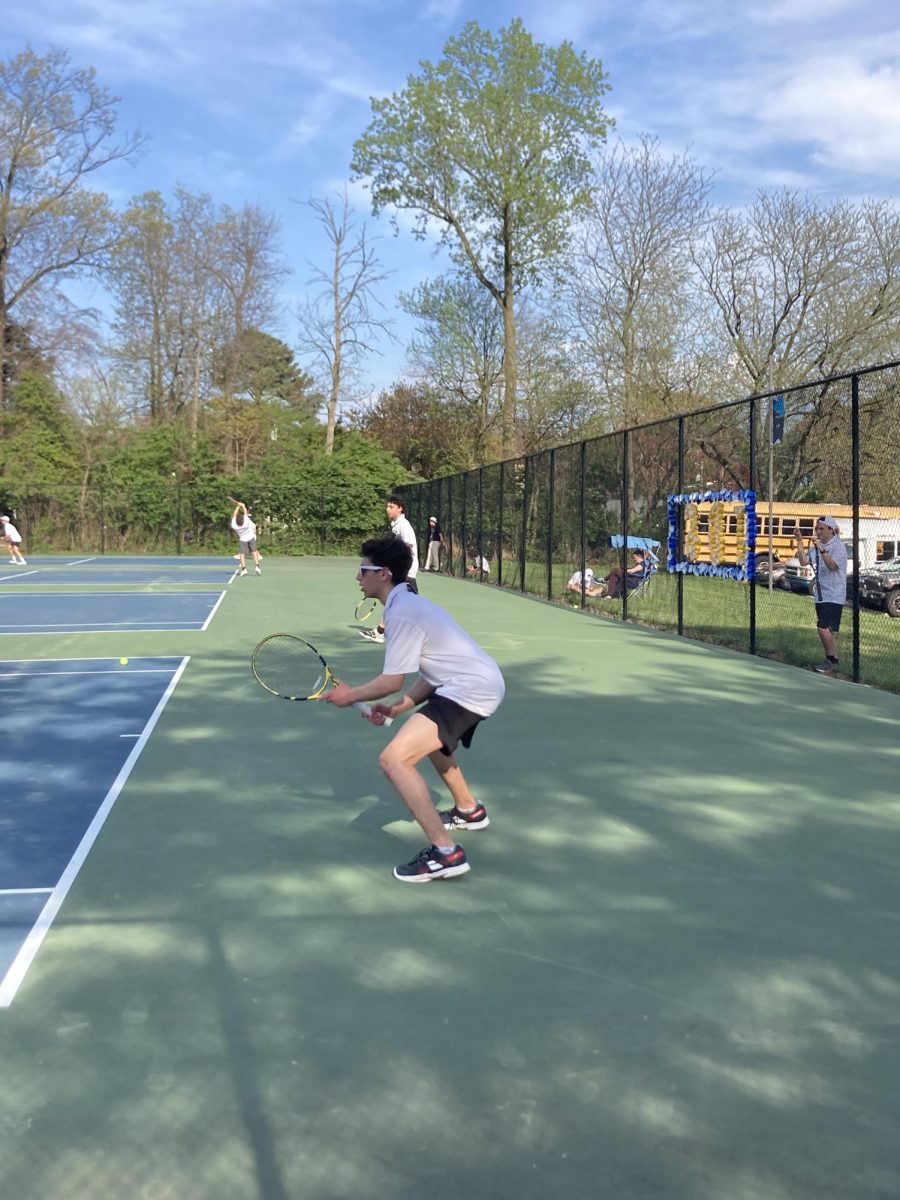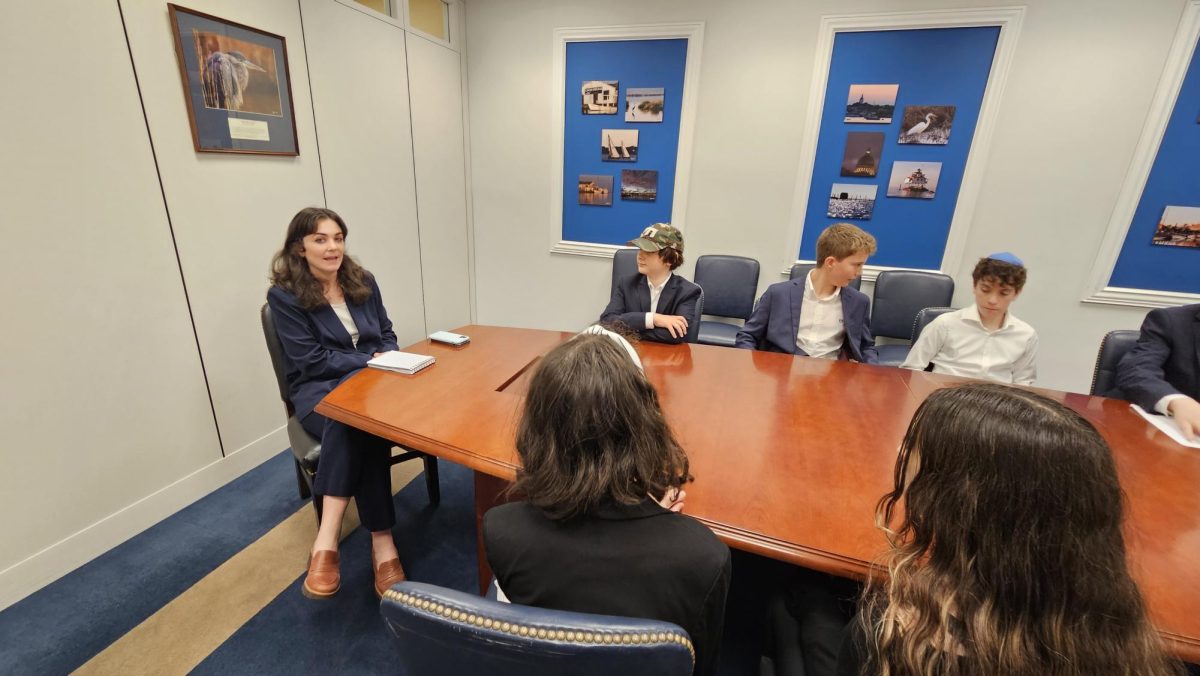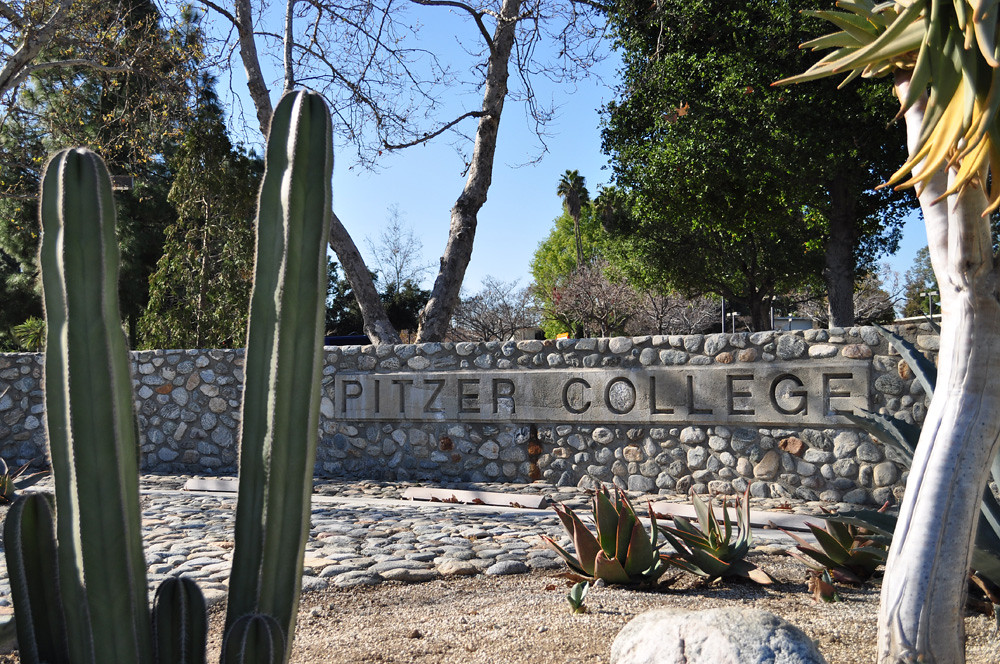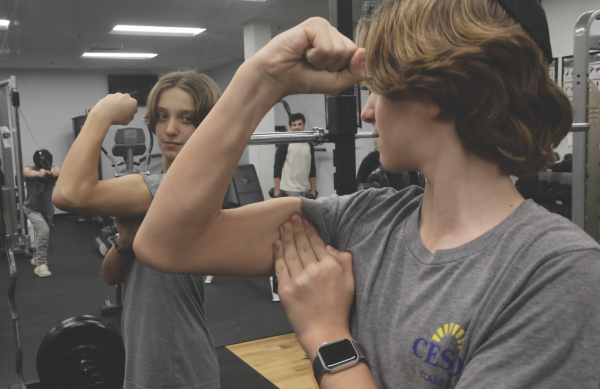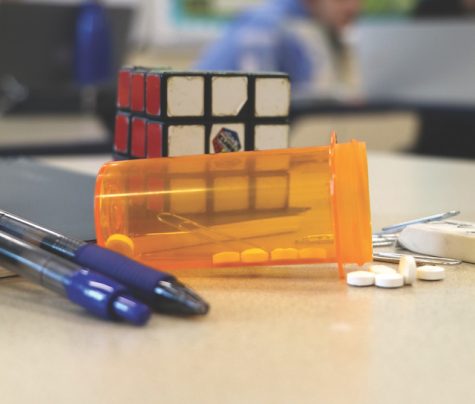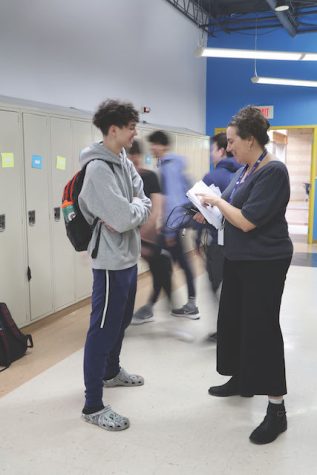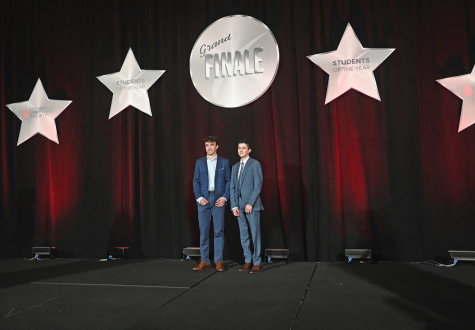Global meltdown
A look into how students are handling climate change as fixing it becomes more urgent
September 10, 2021
As temperatures rise, people around the world are becoming more aware of the drastic effects climate change has on the planet. Many teachers and students within the CESJDS community are combating climate change through education, advocacy and changes to their daily routines.
The inevitable consequences of climate change
The importance of climate change prevention is becoming increasingly crucial, for the sake of humans and the earth. Climate change depicts a change in the earth’s moderate conditions over a long period of time, like increasing temperatures, unclean air and rising sea levels.
The ocean is one of the main areas affected by climate change and has absorbed 0.6 degrees Fahrenheit of heat since 1969. This has resulted in a water level rise of 328 feet, according to the Air Quality Management District. This will cause an erosion of dry lands and increase of flooding. This negatively affects impoverished areas, as they do not have the resources to deal with the flooding.
According to the National Oceanic and Atmospheric Administration, it is crucial to act now because not only is the ocean heating up, it is acidifying. Ocean acidification occurs as a result of humans putting large amounts of carbon dioxide into the atmosphere. This carbon dioxide gets absorbed into the ocean, which results in higher acidity levels. This is extremely harmful because marine life cannot adjust to the new pH levels as quickly as the ocean is changing, ultimately creating a dangerous environment for them to live in.
Scientists predicted that if humans continue as they currently are, stepping outside will no longer be an easy task in places such as India and China. The air will be hot and heavy, resulting in constant coughing and watering eyes. It will become the new normal to check the air quality before stepping outside for the day.
According to robotics and engineering teacher Rustom Meyer, who received a Bachelor’s degree in Environmental Engineering from Cornell University, humans have had enough knowledge about climate change to make real changes for many years, but the lack of action has caused the severity of the consequences to increase.
“People had enough science to start making decisions, and they just didn’t because it would have been hard and expensive,” Meyer said.
Within ten years, large patches of the planet will be inhospitable to humans. The two billion people living in the hottest parts of the world will suffer through 45 days a year when temperatures reach 140 degrees. Because of this, there have been mass migrations to cooler rural areas, causing additional refugee problems and an increase in tension over the lack of available water as areas are becoming more crowded, causing an increase in poverty.
According to NASA, after the Clean Air Act was established in 1963, the air quality dramatically improved with carbon monoxide levels down 78%. This shows that government action is able to create significant change in helping to keep our air as clean as possible.
However, government initiatives alone cannot put a stop to climate change. Individuals along with big corporations across the world must step up to help the planet. Many students and teachers at JDS feel frustrated by those who refuse to believe or act on the threat of climate change.
“Being lazy and not doing simple things has a long-term effect,” senior Shira Neufeld, member of the high school Green Team, said. “There’s no denying it, but there is ignorance.”
Personal change
While she does not yet have a job that deals with battling climate change, alumna Sarah Davis (‘19) is passionate about the small steps she takes in her own climate change journey. An important but small step she suggests is using reef-safe sunscreen when traveling to beaches.
A common chemical found in sunscreen is oxybenzone. Oxybenzone, when absorbed by coral reefs can disrupt the growth cycle and lead to coral bleaching, destroying the beauty of our reefs today and preventing them from reproducing.
“Reef-safe is actually safe to use because it doesn’t cause coral bleaching, and it can only be reef-safe without two chemicals, oxybenzone and octinoxate,” Davis said, noting that the term “reef-friendly” does not actually mean anything.
Another option is to become more conscious about the clothes you buy, Davis said. Clothes made from cotton are significantly better for the environment than clothes made from synthetic materials. Every time synthetic materials are washed, micro plastics end up in washing machines, making their way to the ocean, then polluting the water, and therefore harming sea animals.
Davis also mentioned how hyper-consumption of clothing is a huge contributor to the wastefulness in the fashion industry. According to Pretty Planeteer, the average consumer throws out 70 pounds of clothes a year.
“I know we at JDS can definitely be doing a better job at paying attention to the clothes we are buying and materials we are wasting. It can be as simple as the quick switch from a plastic water bottle to a reusable water bottle,” Davis said. “That’s a really easy fix that has a ripple effect and can end up making a greater difference than expected.”
Though she may be young and not the primary decision-maker in her household, sophomore Gabriella Simon gave her family a variety of choices that would positively impact their environmental footprint.
“I finally sat my parents down and said okay, here’s a list….Now you can either get me a compost bin, chickens or bees,” Simon said. “So they got me a compost bin.”
Simon’s compost bin gets transferred into their backyard every one to two months. Although Simon is the main contributor, her family helps out. Her parents are supportive of her passion, as they are generally well informed about climate change and willing to make the changes.
Not all families are as supportive. Many students’ parents grew up during a time when the general population was less knowledgeable about the effects of climate change and did not yet know how to address it.
Junior Noam Cohen feels that the kids in his family understand and are educated on the effects of climate change, but do not act on it as much as he knows they should.
“We have a recycling bin in our house and use that, but other than that we use single-use plastic water bottles and sometimes use plastic plates,” Cohen said.
In contrast, Meyer grew up around more environmentally aware parents and grandparents who taught him to care about the climate. His family recycled, drove a small, fuel efficient car and tried to eat sustainably raised food and not a lot of meat. They also reused items instead of buying new ones when they could.
“Perhaps [climate change] is one of the main challenges we face as a civilization at this point,” Meyer said. “I mean at one time I had started a solar power business and in my own personal life, I try to have a low footprint, such as is feasible while participating in civilization.”
To be more environmentally conscious about his carbon footprint, Meyer bikes to school and other easily accessible places, as well as encourages families to get solar panels and to use electric vehicles to drastically reduce their own carbon footprint.
According to Meyer, the JDS student community has done a decent job at implementing more environmentally friendly initiatives.
“Students could stand to hear more about climate change and the other environmental crises we face,” Meyer said. “From discussions with students, their awareness of these issues varies wildly, which suggests that they are not getting much of their information from the school curriculum.”
Student activism within the JDS community
Humans’ actions on earth have created detrimental consequences such as rising temperatures, chunks of ice melting in the Arctic, the extension and severity of wildfire seasons and the bleaching of coral reefs. However, with the right tools and education, some of this harm can be avoided.
“Hopefully, we can start to undo some of the damage, but we are not going to get anywhere if students don’t educate themselves and put forth the effort to do so,” Neufeld said.
The Green Team at JDS leads different projects and activities both on an administrative and student level. Last fall, the club collected and delivered plastic bags to local grocery stores so that they could be properly recycled.
Not only do plastic bags release carbon dioxide into the atmosphere, but they cause harm by degrading and leaving micro plastics in the soil. When plastic bags end up in the ocean, animals, such as turtles, often mistake them for jellyfish, causing them to choke.
Neufeld, like many teens, has taken a more drastic step by cutting out almost all meat and dairy products. She recommends cutting out red meat at the very least because it requires significantly more land and contributes to 80% more greenhouse gas emissions than chicken and pork. According to BBC, if the entire world population went vegetarian by 2050, food-related emissions would be down by 60%.
Pursuing a career in environmental science
Students who are passionate about climate change sometimes choose to channel that passion into a career path.
There are many different opportunities to get involved in tackling climate change head-on. Davis is a marine science major at Eckerd College and has always wanted a job working with animals. She has a passion for the ocean and wanted to pursue this through marine biology, where she would get the opportunity to work with sea animals and help keep the ocean clean.
Davis takes two classes relating to climate change: chemical and physical oceanography and biology. If she ultimately does not choose to pursue marine biology as a career, she can become a climate scientist, which will later present her with a range of different career choices.
“There are some fields that are flat-out obvious like environmental science or environmental engineering, or forestry or fish and wildlife preservation,” Director of College Guidance Sue Rexford said.
Rexford also said that there are also less obvious career paths that could potentially involve working with the climate. For example, engineers could build machinery that helps reduce pollution. Graphic designers and marketers could work for environmental companies and help spread awareness about climate change through their work.
Neufeld hopes to pursue a career in environmental studies and focus on the policy and conservation aspect of the field. She channels this interest by taking an active leadership role in the high school Green Team, and by making changes to her everyday life based on the research she and her classmates are doing.
“In the future, I hope to see JDS add some electives involving the study of climate change to help educate students on the consequences we will face,” Neufeld said. “I have seen them implement some changes to school practices, but I haven’t seen them really educating the students in a class setting, and I see a lot of mixed opinions and confusion exist around the topic.”








